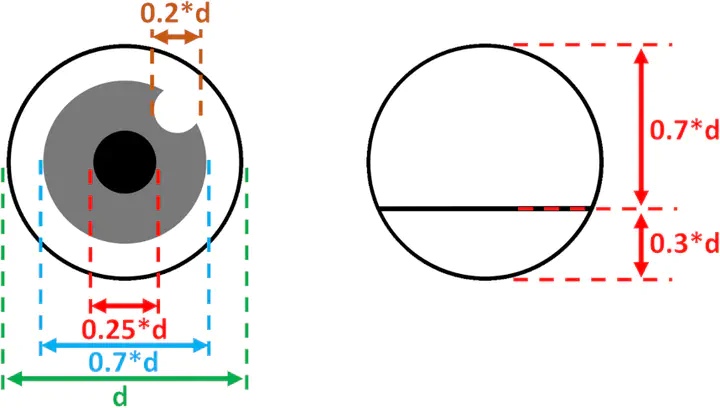
Abstract
Expressing emotions of virtual and robotic agents require complex animations that mimic human behavior. By abstracting the core features in human faces for the emotions described by Ekman, et al., a single-eyed 2D avatar was designed that only moves the upper and lower eyelids. The relationship between how much each eyelid covers the eye and the perceived emotion was evaluated with a within-subjects study with 31 college students. The results showed that it is possible to convey different emotional meanings by changing the eyelids, and adding a white dot to simulate gloss affected the meaning of some emotions considerably. This research contributes to the development of virtual and robotic agents that can show emotions without increasing the complexity of the system, ultimately leading to more natural interactions with artificial systems.